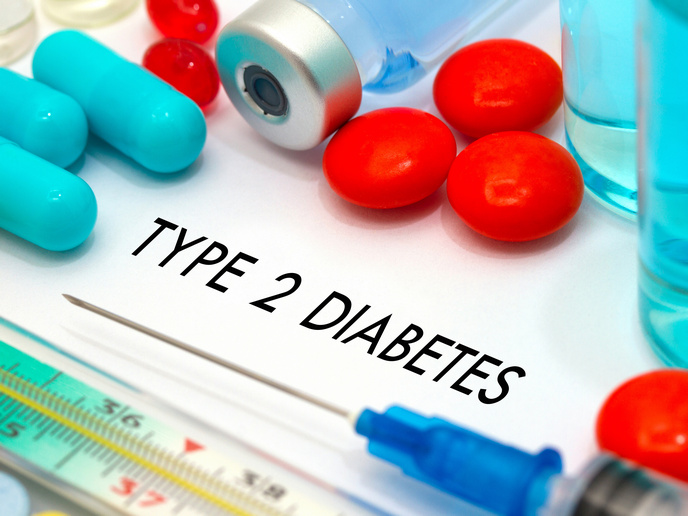Developing tools for planning diabetes treatments
T2D – a complex disease characterised by high blood sugar levels – affects over 500 million people worldwide. In 2021, complications arising from this disease cost the global economy around EUR 900 billion, a figure that is expected to rise even more in the future as populations age and obesity, unhealthy diet and physical inactivity increase. T2D patients have varying degrees of insulin resistance and impaired insulin secretion, which means treatment intensity and healthcare service use differ in each case. There is an urgent need to optimise treatments and the use of healthcare resources through individualised prediction models based on a patient’s characteristics. The findings of a new study can help to gain a better understanding of the heterogeneous group of T2D patients. Conducted as part of the EU-funded HTx project, the study used machine learning to identify patients with poor glycaemic control. “Identification of the clusters of patients with challenges in T2D care provides a tool that can support clinicians in further treatment planning, which also offers a possibility for optimizing the use of health care resources. More intense care could be allocated to patients with challenges in their treatment balance, whereas those with adequate, optimal HbA1c values could have less frequent monitoring of their HbA1c levels,” the study authors note. Over a period of 6 years, the researchers investigated glycaemic control in over 9 600 patients with T2D in Finland’s North Karelia region. Patients’ glycaemic control was determined on the basis of long-term blood glucose levels, estimated using haemoglobin A1c (HbA1c).
Adequate and inadequate control
From the data, the team identified three HbA1c trajectories over 6 years. For 86.5 % glycaemic control was found to be stable and adequate, for 7.3 % it was improving but inadequate, and for 6.2 % it was considered fluctuating and inadequate. The association of patients’ baseline characteristics, clinical- and treatment-related factors, and socioeconomic status with glycaemic control was assessed using machine learning methods. Over 200 baseline characteristics were included as variables. The study revealed that using data on the duration of T2D, previous HbA1c levels, fasting blood glucose and the use of anti-diabetic medication makes it possible to reliably identify patients with a persistent risk for hyperglycaemia at any point of their disease. This means that inadequate glycaemic control could be predicted with confidence from data that is routinely collected as part of standard diabetes monitoring and management. The HTx (Next Generation Health Technology Assessment to support patient-centred, societally oriented, real-time decision-making on access and reimbursement for health technologies throughout Europe) study’s authors conclude: “Our findings suggest that heterogeneity in long-term treatment outcomes is predictable with patient’s [sic] unique risk factors. This, in turn, offers a useful tool to support treatment planning in the future. However, future studies are needed to obtain even more accurate and personalized predictions.” For more information, please see: HTx project website
Keywords
HTx, diabetes, type 2 diabetes, machine learning, haemoglobin A1c, HbA1c, glycaemic control



